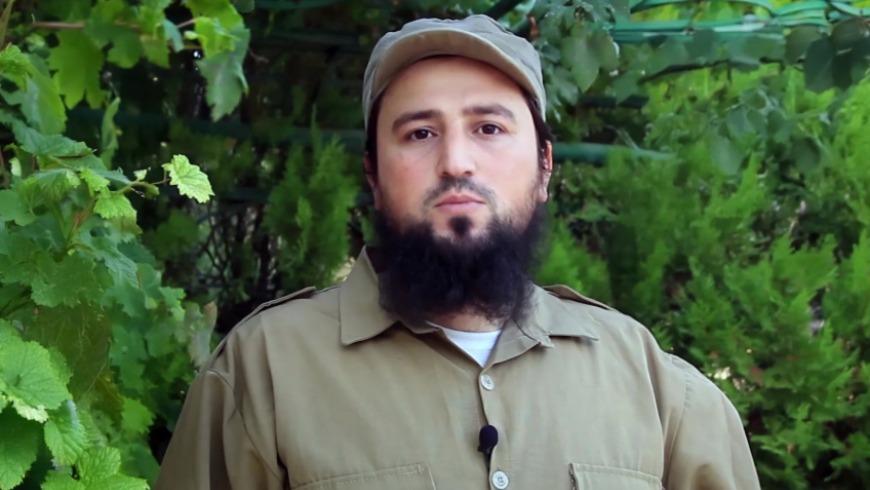Turkey Releases Abu Al-Abed Ashda’a.. Who Is He?
Turkish authorities released the former Syrian military commander Abdul Maeen Mohammad Kahhal, known by his nom de guerre "Abu Al-Abed Ashda’a," on Monday after nearly two years of detention within Turkish territory, a move that sparked wide interest in circles concerned with the Syrian issue.
His release came without any official statement from Turkish authorities, while activists and close associates circulated recent photos of him amid a lack of clarifications regarding the circumstances of his detention or the reasons behind the release decision.
Mysterious Detention
Kahhal was arrested on June 13, 2023, while attempting to enter Turkey through the Al-Hamam border crossing, intending to perform the Hajj pilgrimage. According to informed sources, he was stopped at the “fingerprinting” point along with his mother, who was allowed to continue her journey unhindered.
No official body announced the reasons for the arrest at that time, and no formal charges were brought against him during his detention period, making his case a subject of speculation, with opinions divided between those seeing it as a precautionary security measure and others interpreting it as an indication of a shift in Turkey’s policy towards armed Syrian opposition figures.
From Ahrar al-Sham to Hay’at Tahrir al-Sham
“Abu Al-Abed Ashda’a” hails from Aleppo and rose to prominence militarily during the war years, initially within the ranks of Ahrar al-Sham, then joining Hay’at Tahrir al-Sham (HTS) at the end of 2016, defecting from Ahrar al-Sham alongside more than 100 fighters from his formation known as the “Ashda’a Mujahideen.”
Within HTS, he held several prominent positions, most notably leading the military bloc in Aleppo city and later commanding the “Omar Ibn al-Khattab Army,” considered one of the key special formations within the group.
Departure from the Group and His Position on It
In September 2019, Abu Al-Abed was arrested by HTS itself after releasing a video titled “So the Ship Does Not Sink,” in which he candidly spoke about what he described as “administrative and financial corruption” within the group, sharply criticizing its leaders. This led to his detention for about four months before his eventual release.
His resignation from HTS marked a definitive break, as he had no known organizational activity within the group after 2020 and became openly opposed to it, frequently appearing in videos criticizing the transgressions and deviations he observed among the group’s leaders after they took control over vast areas in northern Syria.
Absence and Return
After his release in Turkey, close associates indicated that he was freed without trial during his detention period and no official charges were proven against him, according to reports circulated on sympathetic platforms.
Local sources confirmed that after his release, he headed to the Jindires area in northern Aleppo, where the Al-Hamam crossing he entered through is located, strengthening the expectation that he will return to reside in the liberated areas of northern Syria.
Public Reaction and Political Questions
During his detention, several activists and close associates called for his release, considering his detention without trial “unjustified.” Some linked his case to regional shifts, suggesting that his arrest might have been part of broader understandings or a policy to recalibrate influence in northern Syria.
However, no official Turkish or Syrian body issued clarifications detailing the reasons or documenting the procedures taken against him, leaving the matter open to multiple possibilities.
Uncertain Future
The prospects for Abu Al-Abed Ashda’a remain unclear, both regarding his movements and orientations. He has not made any public statements since his release, and it is unknown whether he will return to military or political work or choose to engage in civilian life.
Despite his diminished field presence in recent years, his case still attracts considerable attention as he is one of the prominent figures who moved between several formations and whose name has been repeatedly linked to internal reform attempts and candid criticism of military and factional structures in northern Syria.


